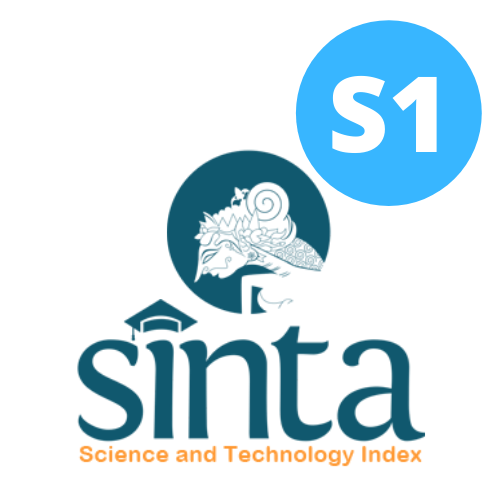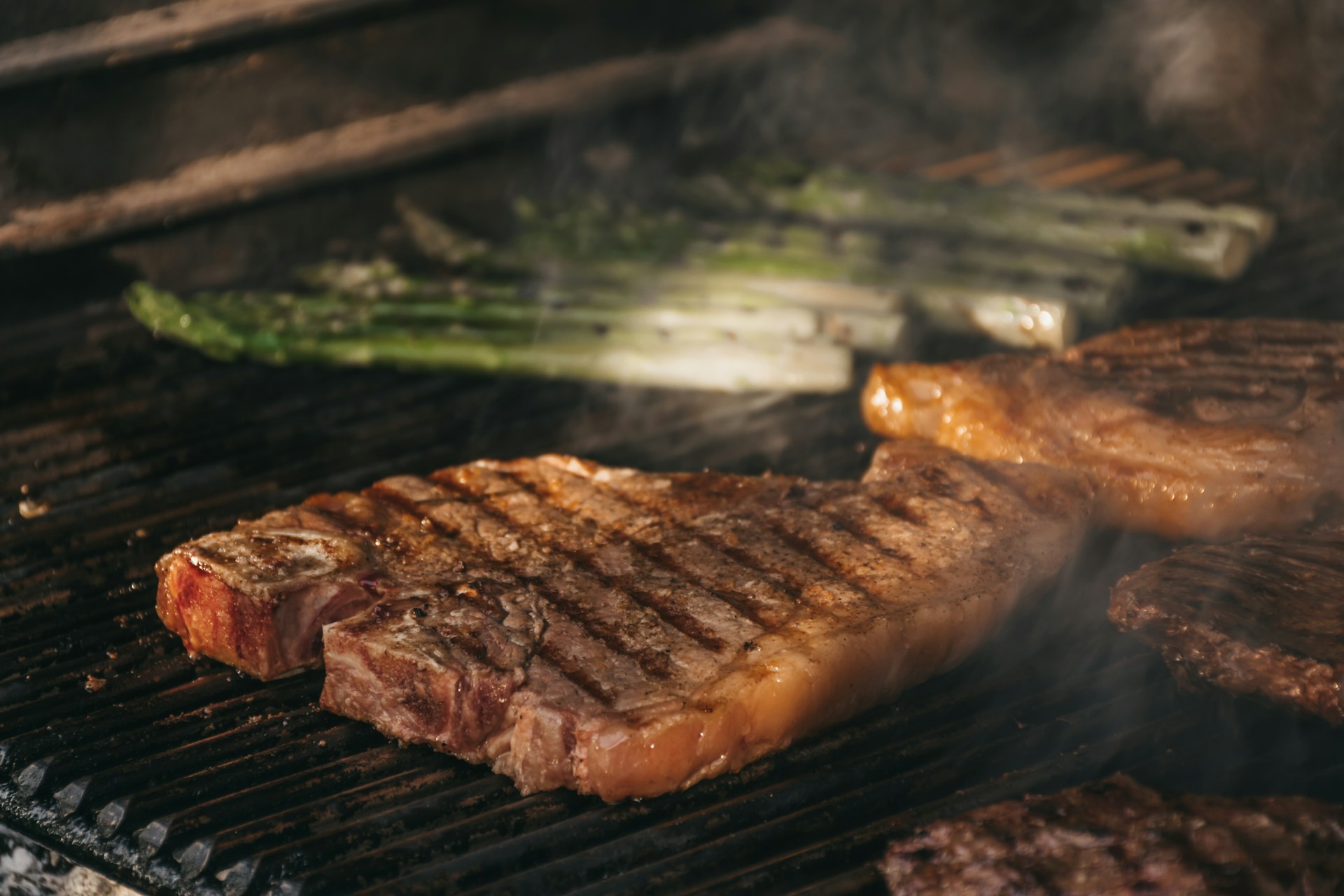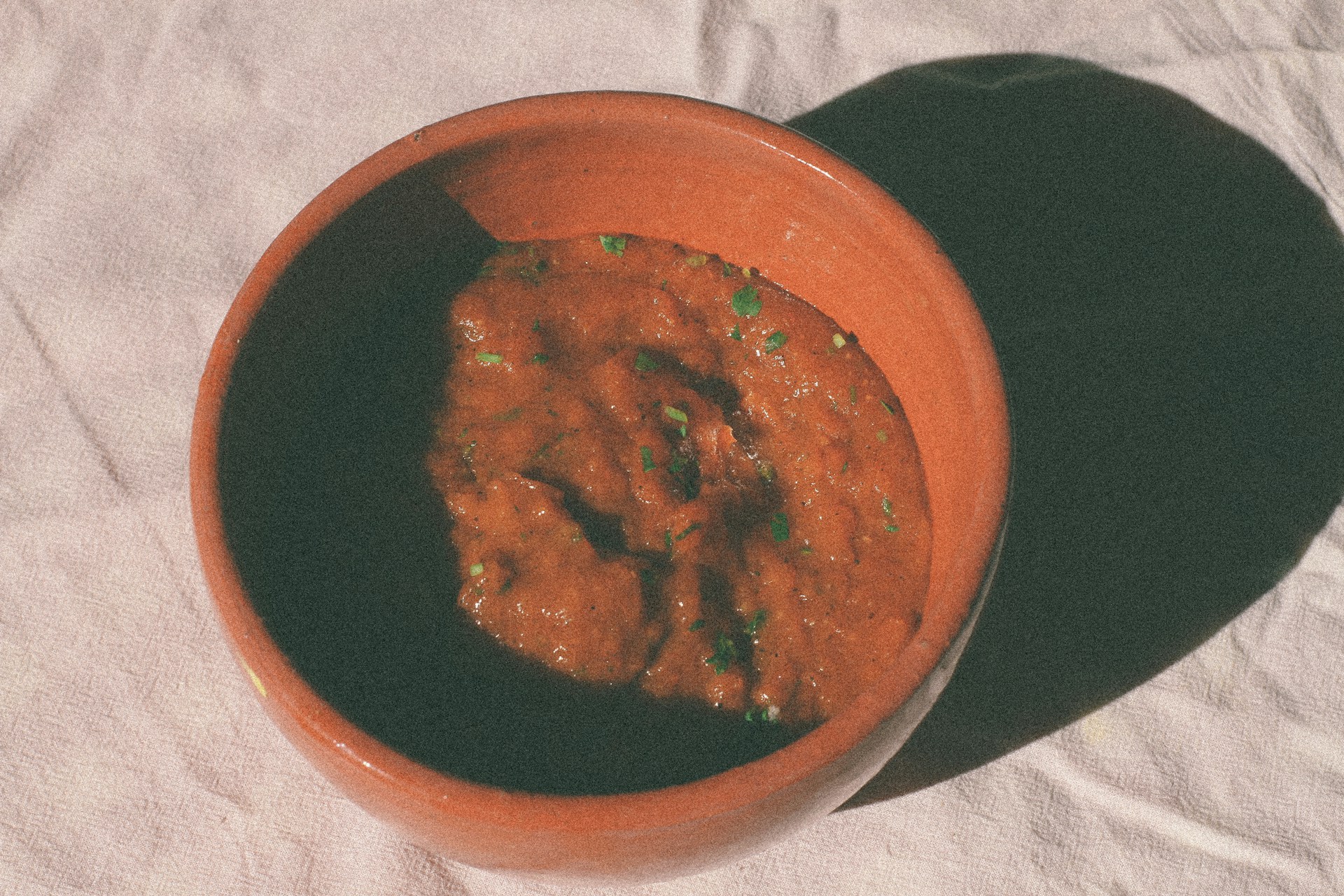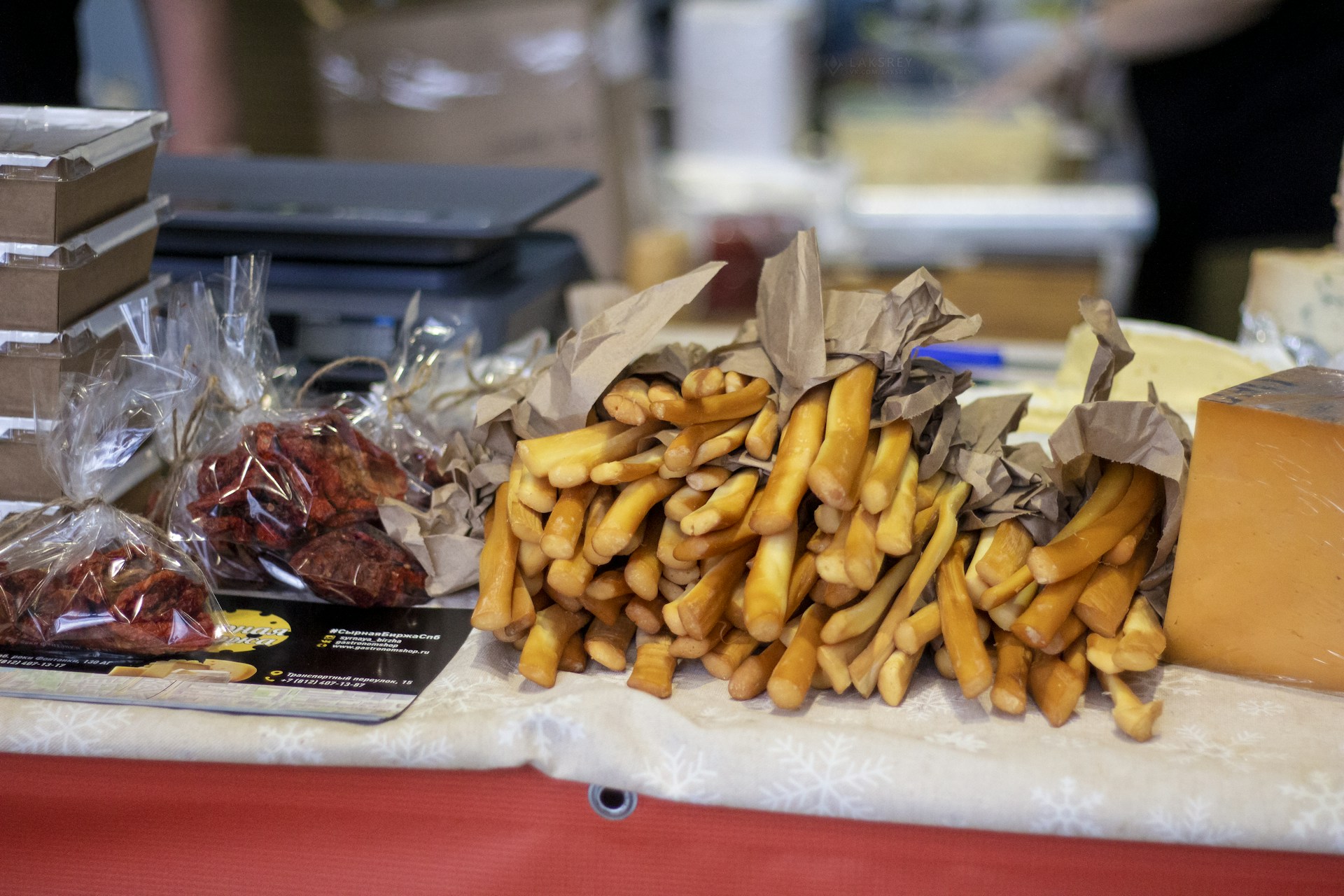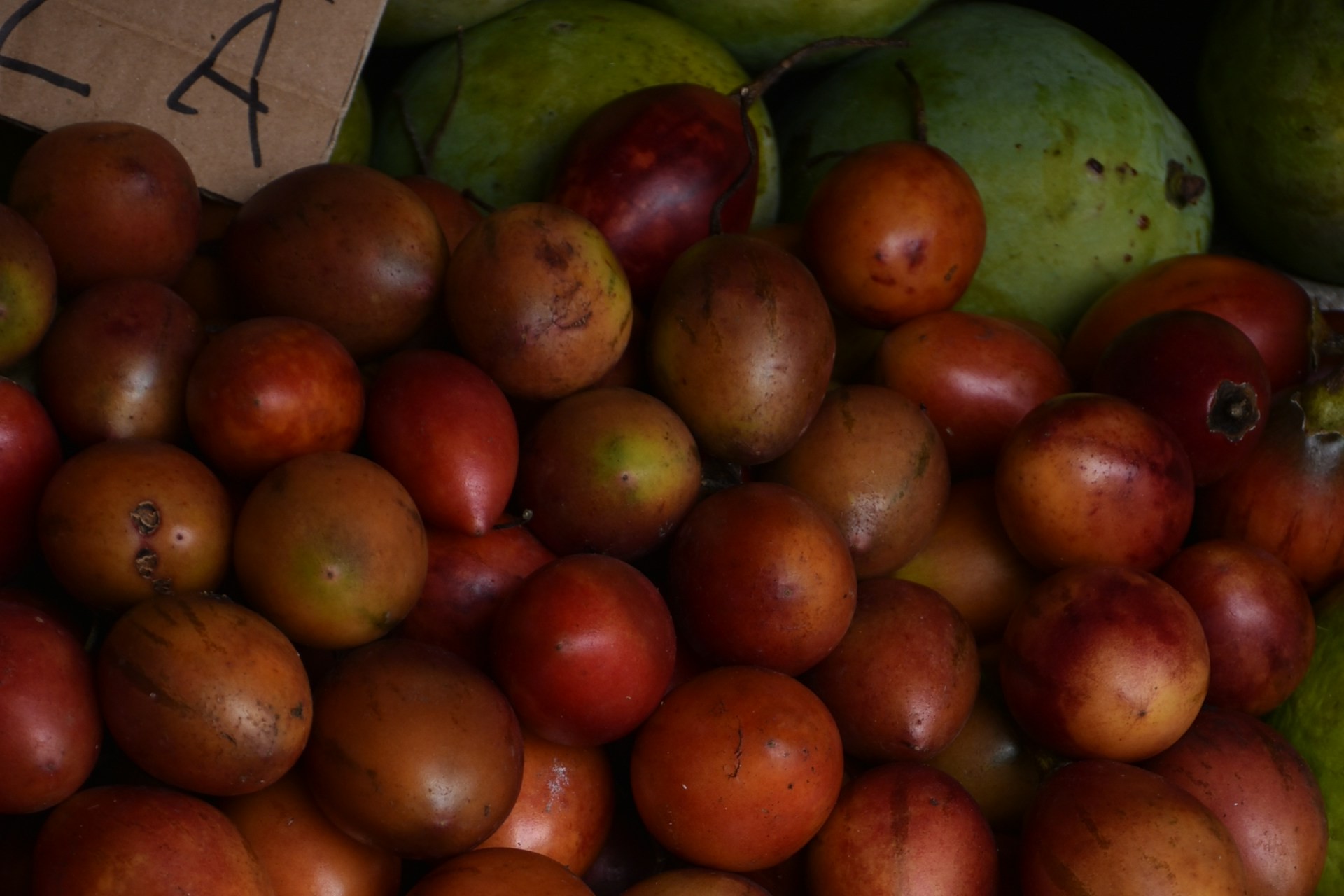Long-Term Consumption of High-Fat-High-Fructose (HFHF) Diet Decreased Insulin Sensitivity and Damaged the Islets of Langerhans on Sprague Dawley Rats
Obesity is linked to the rising incidence of type 2 diabetes, with excessive dietary fat intake being one of the primary causes. The development of fat animal models is discovered to be a standard experimental strategy based on the replication of human behavior in food consumption. Therefore, the purpose of this study is to investigate how long-term HFHF diet consumption affects the indicators of diabetes mellitus in Sprague Dawley (SD) rats, such as insulin sensitivity by measuring the HOMA-IR, counting beta cells and analyzing the histology of the pancreas. This experiment was conducted within normal and HFHF groups, with each group consisting of 18 male SD rats. The normal groups had a modified AIN-93 M, while the HFHF group received a high-fat diet with 30% fructose-based water. The feed and beverage intakes were monitored every 24 hours to calculate daily caloric consumption (energy intake) for 17 weeks. The results demonstrated a significant difference between the normal and HFHF groups in the HOMA-IR levels (insulin sensitivity) and number of pancreatic beta cells (P<0.05). This implied that following 17 weeks of HFHF intake, the HOMA-IR level of insulin sensitivity was reduced. However, the islet of Langerhans in pancreatic histopathology seemed damaged in the HFHF rats, as evidenced by the changes in its shape and lower beta cell number. Consuming the HFHF diet over an extended period increased glucose levels, decreased insulin sensitivity levels, and damaged pancreatic histopathology.
Al-Goblan, A. S., Al-Alfi, M. A. & Khan, M. Z. Mechanism linking diabetes mellitus and obesity. Diabetes, Metab. Syndr. Obes. Targets Ther. 7, 587–591 (2014).
World Health Organization. World Health Statistics 2021, Monitoring Health for The SDGs. vol. 7 (2021).
Abdul, M. et al. Epidemiology of Type 2 Diabetes – Global Burden of Disease and Forecasted Trends. J. Epidemiol. Glob. Health 10, 107–111 (2020).
Kementerian Kesehatan Republik Indonesia. Laporan Nasional Riset Kesehatan Dasar. Kementeri. Kesehat. RI 1–582 (2018).
Alwahsh, S. M. et al. Insulin production and resistance in different models of diet-induced obesity and metabolic syndrome. Int. J. Mol. Sci. 18, (2017).
Smith, S. R. et al. Fat and carbohydrate balances during adaptation to a high-fat diet. Am. J. Clin. Nutr. 71, 450–457 (2000).
Speakman, J., Hambly, C., Mitchell, S. & Król, E. The contribution of animal models to the study of obesity. Lab. Anim. 42, 413–432 (2008).
Yang, Y., Jr., D. L. S., Keating, K. D., Allison, D. B. & Nagy, T. R. Variations in body weight, food intake and body composition after long-term high-fat diet feeding in C57BL/6J Mice. Obesity (Silver Spring). 22, 2147–2155 (2015).
Roza, N. A. V., Possignolo, L. F., Palanch, A. C. & Gontijo, J. A. R. Effect of long-term high-fat diet intake on peripheral insulin sensibility, blood pressure, and renal function in female rats. Food Nutr. Res. 60, 1–10 (2016).
Huang, B. W., Chiang, M. T., Yao, H. T. & Chiang, W. The effect of high-fat and high-fructose diets on glucose tolerance and plasma lipid and leptin levels in rats. Diabetes, Obes. Metab. (2004) doi:10.1111/j.1462-8902.2004.00323.x.
Lozano, I. et al. High-fructose and high-fat diet-induced disorders in rats: Impact on diabetes risk, hepatic and vascular complications. Nutr. Metab. 13, 1–13 (2016).
The British Nutrition Foundation. Oils and Fats in the Diet. (2009).
Handayani, D. et al. High-fructose diet initially promotes increased aortic wall thickness, liver steatosis, and cardiac histopathology deterioration, but does not increase body fat index. J. Public health Res. 10, (2021).
Kusumastuty, I., Sembiring, F., Andarini, S. & Handayani, D. High-fat-high-fructose diet decreases hippocampal neuron number in male rats. Indones. Biomed. J. 12, 1–7 (2020).
Slaoui, M. & Fiette, L. Chapter 4 Histopathology Procedures : From Tissue Sampling to Histopathological Evaluation. 691, 69–82.
Bocarsly, M. E., Powell, E. S., Avena, N. M. & Hoebel, B. G. High-fructose corn syrup causes characteristics of obesity in rats: Increased body weight, body fat and triglyceride levels. Pharmacol. Biochem. Behav. 97, 101–106 (2010).
NAMEKAWA, J. et al. Effects of high-fat diet and fructose-rich diet on obesity, dyslipidemia and hyperglycemia in the WBN/Kob-<i>Lepr<sup>fa</sup></i> rat, a new model of type 2 diabetes mellitus. J. Vet. Med. Sci. 79, 988–991 (2017).
Series, C. The Effect of High Fat High Fructose Diet ( Modification of AIN-93M ) on Nuclear Factor Kappa Beta Expression in the Liver Tissue of Male Sprague Dawley Rats The Effect of High Fat High Fructose Diet ( Modification of AIN-93M ) on Nuclear Factor Kappa Bet. 0–13 (2019) doi:10.1088/1742-6596/1374/1/012042.
Malafaia, A. B. et al. Obesity Induction With High Fat Sucrose in Rats. Arq Bras Cir Dig 26, 17–21 (2013).
Kylie Kavanagh. Trans Fat Leads To Weight Gain Even On Same Total Calories, Animal Study Shows. https://www.sciencedaily.com/releases/2006/06/060619133024.htm (2006).
Ferreira, E. D. S., Silva, M. A., Demonte, A. & Neves, V. A. Soy β-conglycinin (7S globulin) reduces plasma and liver cholesterol in rats fed hypercholesterolemic diet. J. Med. Food 14, 94–100 (2011).
Hariri, N. & Thibault, L. High-fat diet-induced obesity in animal models. Nutr. Res. Rev. 23, 270–299 (2010).
Licholai, J. A. et al. Why Do Mice Overeat High-Fat Diets? How High-Fat Diet Alters the Regulation of Daily Caloric Intake in Mice. Obesity 26, 1026–1033 (2018).
Kolesterol, P., Pada, L. D. L. & Wistar, T. Journal of Nutrition College , Volume 3 , Nomor 4 , Tahun 2014 , Halaman 432-439. 3, 432–439 (2014).
Learning, B. Digestion and Absorption.
Suzuki, K., Jayasena, C. N. & Bloom, S. R. Obesity and appetite control. Exp. Diabetes Res. 2012, (2012).
Fellmann, L., Nascimento, A. R., Tibiriça, E. & Bousquet, P. Murine models for pharmacological studies of the metabolic syndrome. Pharmacol. Ther. 137, 331–340 (2013).
Feng, H. et al. Polysaccharides extracted from Phellinus linteus ameliorate high-fat high-fructose diet induced insulin resistance in mice. Carbohydr. Polym. 200, 144–153 (2018).
D'Angelo, G., Elmarakby, A. A., Pollock, D. M. & Stepp, D. W. Fructose feeding increases insulin resistance but not blood pressure in Sprague-Dawley rats. Hypertension 46, 806–811 (2005).
Tappy, L. & Le, K.-A. Metabolic Effects of Fructose and the Worldwide Increase in Obesity. Physiol. Rev. 90, 23–46 (2010).
OZCAN SINIR, G. et al. Effects of long-term consumption of high fructose corn syrup containing peach nectar on body weight gain in sprague dawley rats. Food Sci. Technol. 37, 0–0 (2016).
Shawky, N. M., Shehatou, G. S. G., Abdel Rahim, M., Suddek, G. M. & Gameil, N. M. Levocetirizine ameliorates high fructose diet-induced insulin resistance, vascular dysfunction and hepatic steatosis in rats. Eur. J. Pharmacol. 740, 353–363 (2014).
Antunes, L. C., Elkfury, J. L., Jornada, M. N., Foletto, K. C. & Bertoluci, M. C. Validation of HOMA-IR in a model of insulin-resistance induced by a high-fat diet in Wistar rats 1. (2016) doi:10.1590/2359-3997000000169.
Tranchida, F. et al. Long-term high fructose and saturated fat diet affects plasma fatty acid profile in rats. J. Zhejiang Univ. Sci. B 13, 307–317 (2012).
Ed, A., Km, O. S. & Ramasamy, R. Insulin resistance : metabolic mechanisms and consequences in the heart . Publication Types , MeSH Terms , Substances , Grant Support. 32, 22895668 (2013).
Animales, M., Nutricional, D. I. & Tipo, M. Animal Models of Nutritional Induction of Type 2 Diabetes Mellitus. Int. J. Morphol. 32, 279–293 (2014).
Pereira, R. M. et al. Fructose consumption in the development of obesity and the effects of different protocols of physical exercise on the hepatic metabolism. Nutrients 9, 1–21 (2017).
Singh, Y., Garg, M. K., Tandon, N. & Marwaha, R. K. A Study of insulin resistance by HOMA-IR and its cut-off value to identify metabolic syndrome in urban Indian adolescents. JCRPE J. Clin. Res. Pediatr. Endocrinol. 5, 245–251 (2013).
Saltiel, A. R. & Olefsky, J. M. Inflammatory mechanisms linking obesity and metabolic disease. J Clin. Investig. 127, 4–7 (2017).
Lustig, R. H. The fructose epidemic. The Bariatrician Spring, 10–19 (2009).
Copyright (c) 2025 Amerta Nutrition

This work is licensed under a Creative Commons Attribution-ShareAlike 4.0 International License.
AMERTA NUTR by Unair is licensed under a Creative Commons Attribution-ShareAlike 4.0 International License.
1. The journal allows the author to hold the copyright of the article without restrictions.
2. The journal allows the author(s) to retain publishing rights without restrictions
3. The legal formal aspect of journal publication accessibility refers to Creative Commons Attribution Share-Alike (CC BY-SA).
4. The Creative Commons Attribution Share-Alike (CC BY-SA) license allows re-distribution and re-use of a licensed work on the conditions that the creator is appropriately credited and that any derivative work is made available under "the same, similar or a compatible license”. Other than the conditions mentioned above, the editorial board is not responsible for copyright violation.




